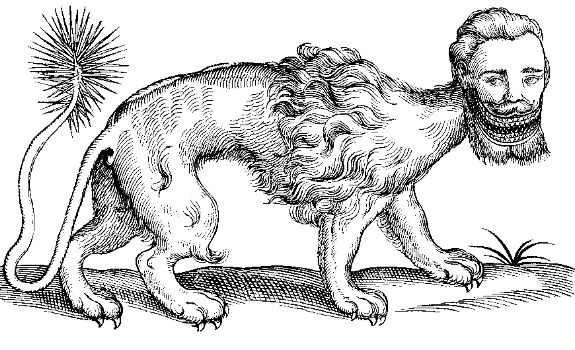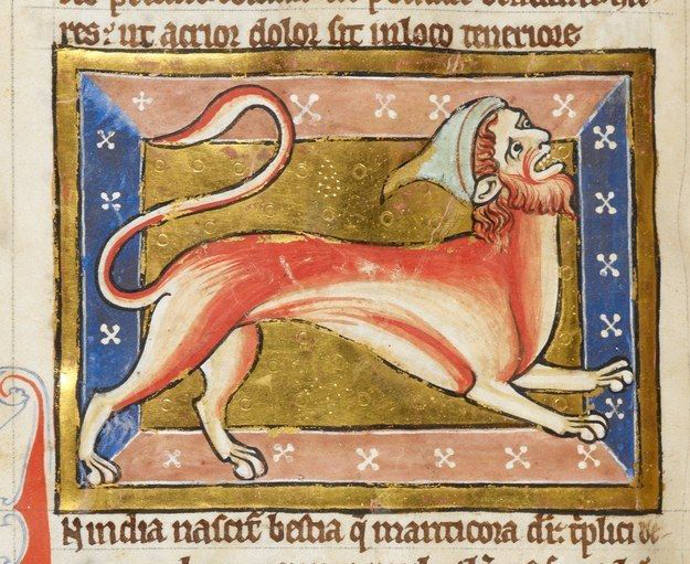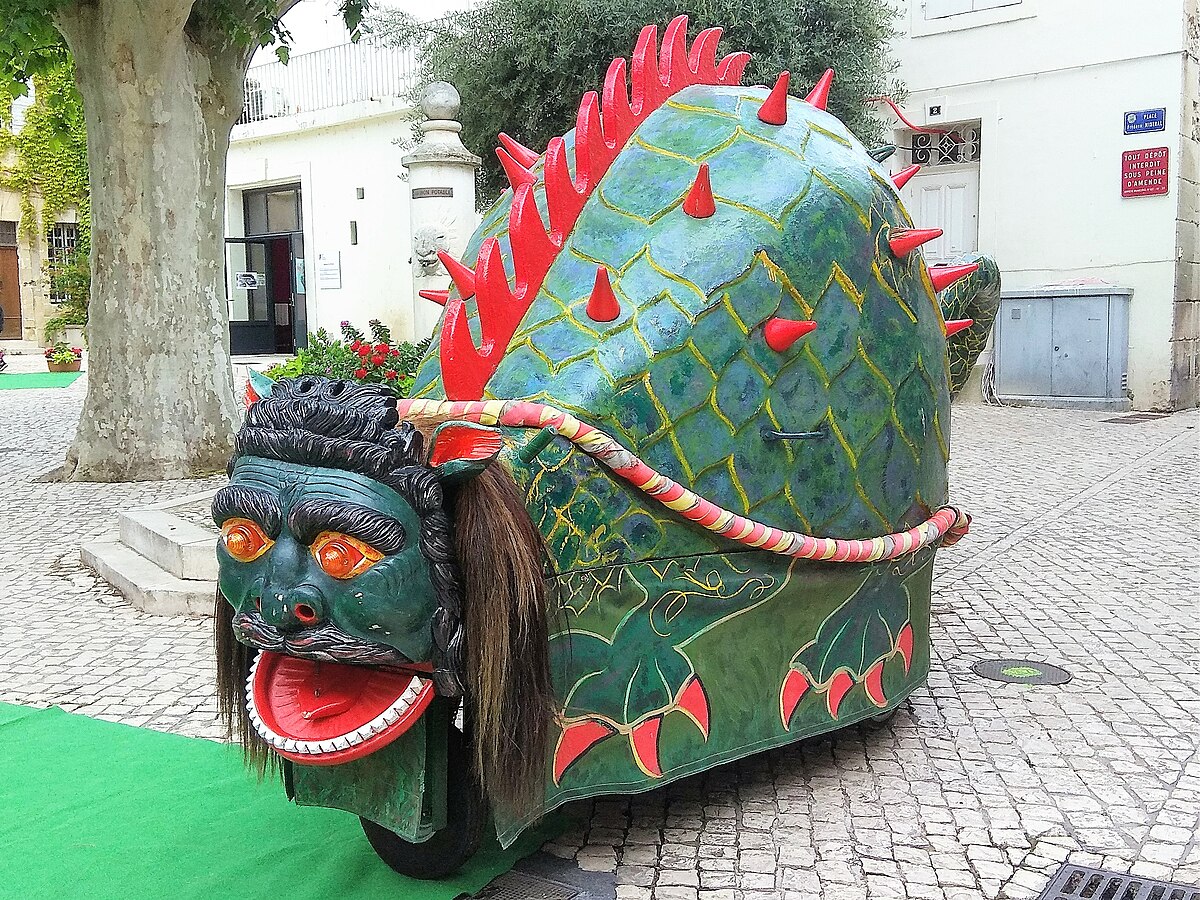MGibster
Legend
One of the difficulties we encounter is that very often mythological creatures weren't really categorized as we do animals in the modern age. Let's take the kobold, the creature from German folklore, might be what other areas called a goblin or hobgoblin (at least according to Wikipedia). In folklore, you had kobolds that lived in human homes and dressed like peasants, kobolds that haunted underground places like mines, and kobolds that lived in ships who dressed like sailors and smoked pipes. None of them resemble the dog like, or now dragon like, creatures from D&D.





